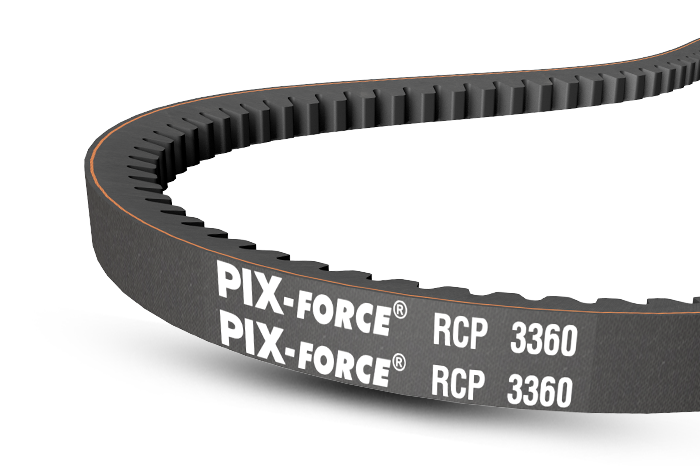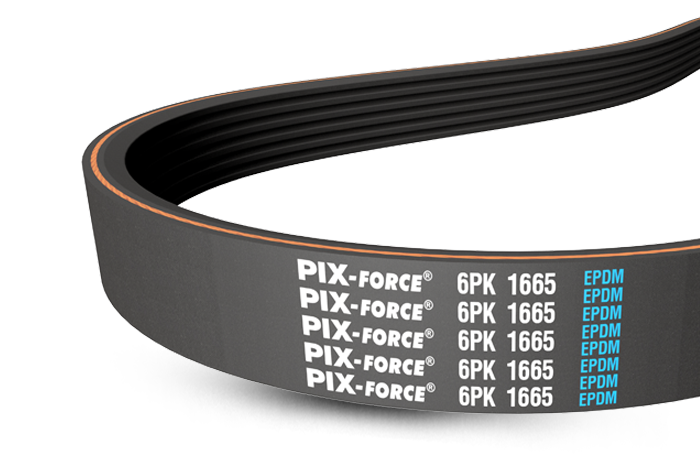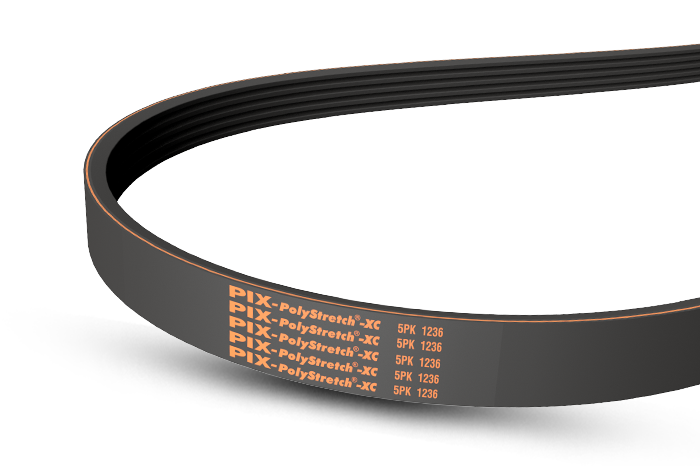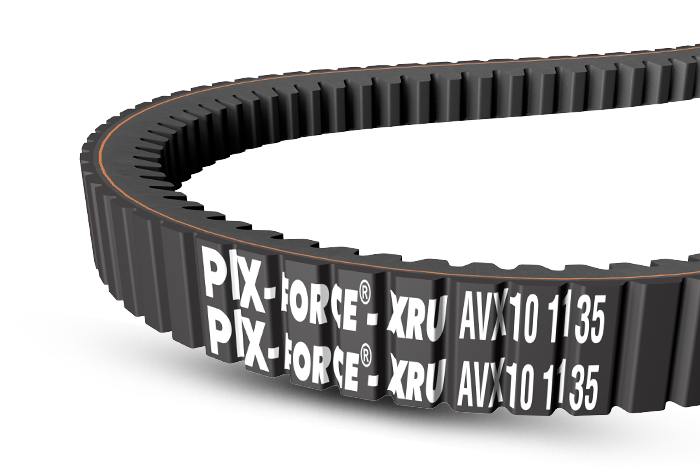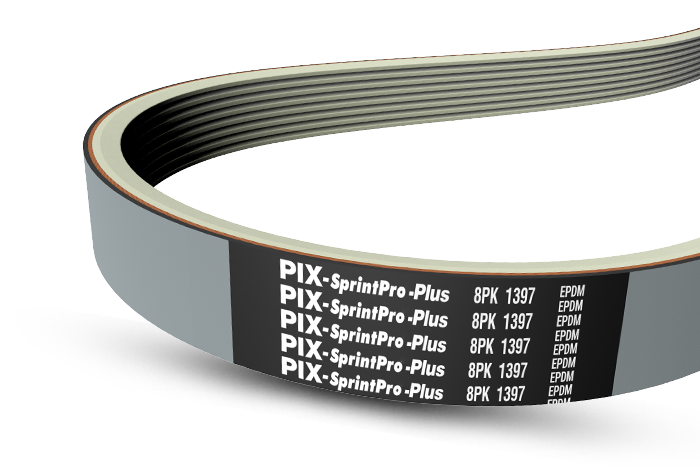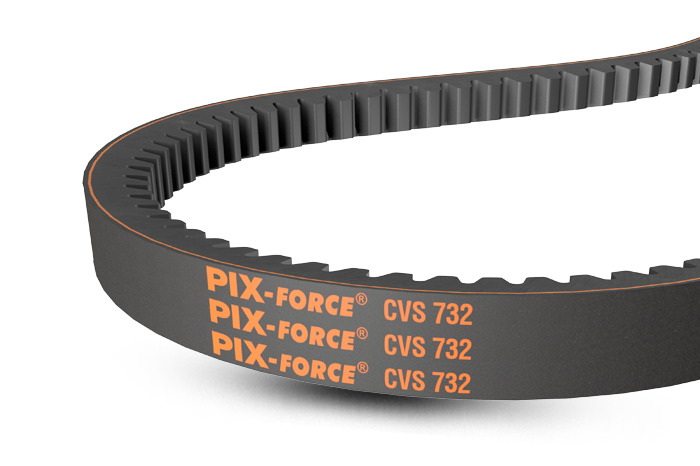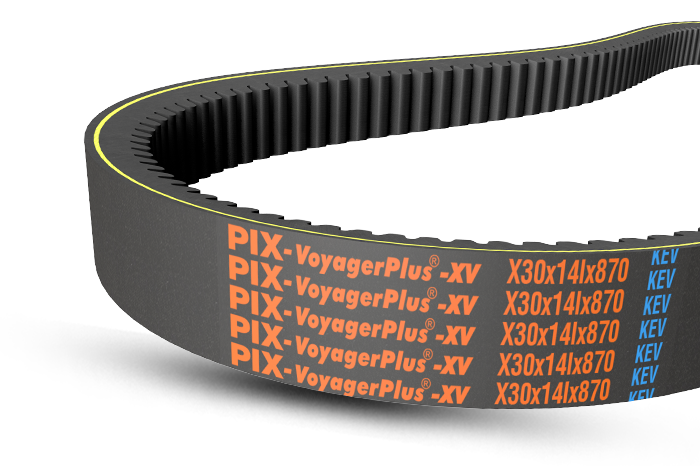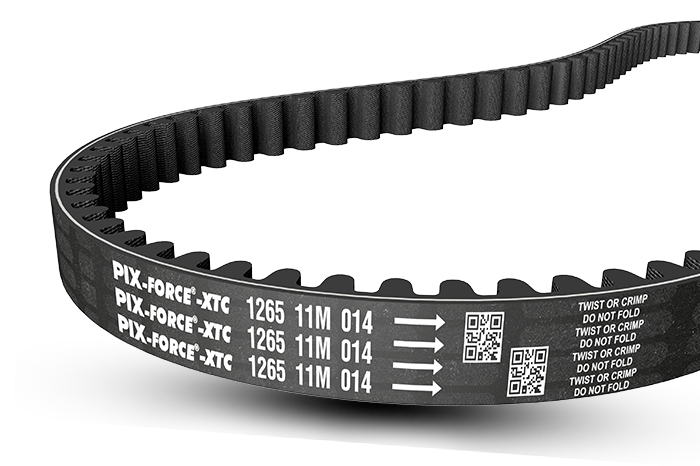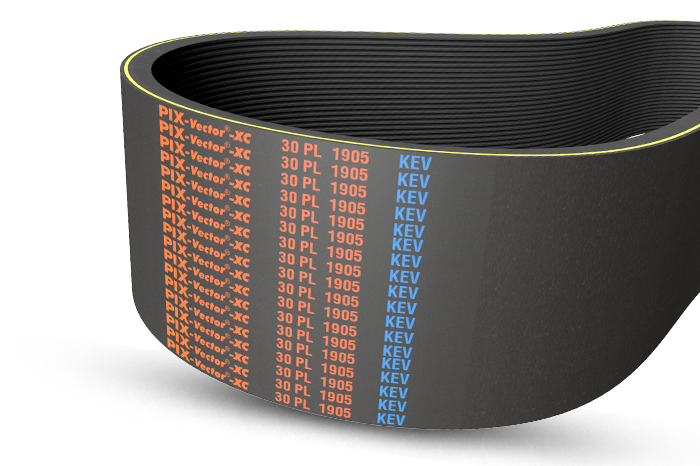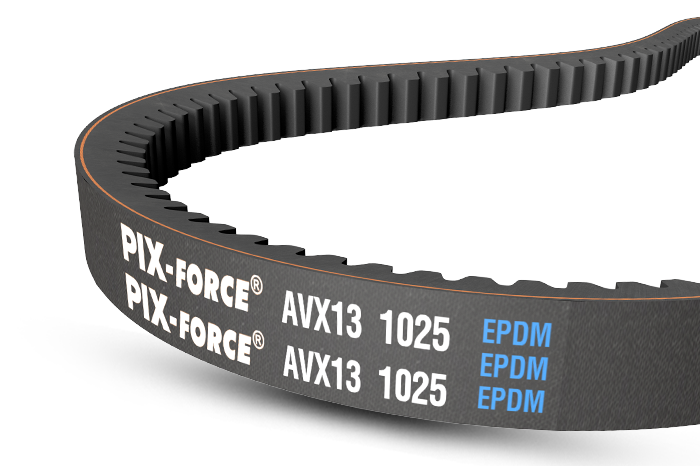
- About
- Products
-
Applications
- Industrial
- Automotive
- Agriculture
- Lawn & Garden
- Ceramic
- Cold Storage
- Food Processing
- Domestic Appliances
- Cement
- Leisure & Sport
- Machine Tools
- Mineral Ore Mining
- Oil & Gas
- Packaging
- Paper & Pulp
- Pharmaceutical
- Power Plant
- Rice/Flour Mill
- Steel
- Textile
- Forestry & Wood Working
- Buildings & Construction
- Recycling
-
Accessories
 PIX-Collapsible-Belt Length Measure
PIX-Collapsible-Belt Length Measure PIX-Belt Drive Service Kit
PIX-Belt Drive Service Kit PIX-Digital Tension Meter
PIX-Digital Tension Meter PIX-X'Align Lasertool
PIX-X'Align Lasertool PIX-Belt Length Measure
PIX-Belt Length Measure PIX-Analog Tension Tester
PIX-Analog Tension Tester PIX-Belt Profile Gauge
PIX-Belt Profile Gauge PIX-Pulley Gauges
PIX-Pulley Gauges PIX-Pulley Guage Banded Belts
PIX-Pulley Guage Banded Belts PIX-Pentagon Poly-V Belts Wear Gauge
PIX-Pentagon Poly-V Belts Wear Gauge PIX-Pentagon Timing Belt Wear Gauges
PIX-Pentagon Timing Belt Wear Gauges PIX-X'Slit Belt Cutting Machine
PIX-X'Slit Belt Cutting Machine
- Media
- Investors
- Sustainability
- Careers
- Contact


